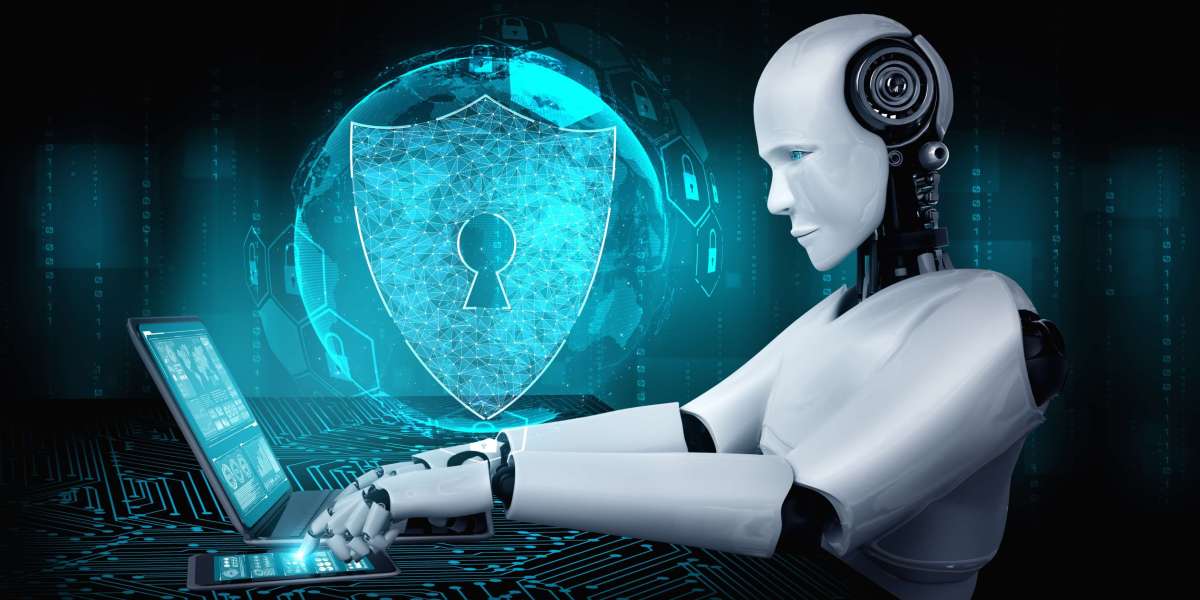In an increasingly connected digital world, cybersecurity has become a necessity rather than a luxury. As cyber threats grow in sophistication and frequency, organisations must adopt advanced tools to stay secure.
One such tool is artificial intelligence (AI), which is revolutionising cybersecurity with its ability to process vast amounts of data, detect patterns, and respond to threats autonomously. AI-powered cybersecurity is not just a trend; it is becoming an indispensable pillar in protecting sensitive digital assets and ensuring business continuity.
Singsys, a leading technology services provider, is at the forefront of delivering cutting-edge cybersecurity solutions, integrating AI-powered tools to safeguard businesses from ever-evolving threats.
The Role of AI in Cybersecurity
AI's power lies in its capacity to handle the sheer complexity of modern cybersecurity challenges. Traditional methods often struggle to keep up with the volume of data and the speed of modern cyberattacks.
AI, however, excels in analysing massive datasets in real-time, identifying patterns that signal potential threats. This capability has transformed how organisations approach security, moving from reactive to proactive defence strategies.
Benefits of AI in Cybersecurity
1. Proactive Threat Detection
AI excels at identifying patterns and anomalies, allowing it to detect cyber threats early. Unlike traditional security systems that rely on predefined signatures, AI can spot previously unseen threats, such as zero-day attacks or advanced persistent threats (APTs).
For instance, AI-powered tools analyse network traffic to detect unusual behaviours, such as unexpected data transfers or login attempts, flagging potential risks before they escalate.
2. Automated Responses
One of AI’s standout capabilities is its automation of repetitive tasks, including responding to detected threats. When a system identifies malicious activity, AI can take immediate action, such as isolating compromised devices or blocking malicious traffic.
This rapid response reduces the time it takes to address a threat, minimising damage and ensuring business continuity.
3. Continuous Learning
Machine learning, a subset of AI, enables cybersecurity systems to improve over time. By analysing past attacks, AI learns to recognise similar patterns and predict future threats. This ability to adapt ensures that systems stay effective, even as cybercriminal tactics evolve.
For example, AI can analyse weak passwords and recurring phishing methods, prompting users to strengthen their security practices and reduce vulnerabilities.
4. Enhanced Accuracy
Human error remains a significant factor in cybersecurity breaches. AI reduces this risk by automating error-prone processes, such as vulnerability scans and data entry. Additionally, AI identifies subtle clues that human analysts might miss, ensuring a more comprehensive security approach.
5. High Data Processing Capacity
AI’s ability to process and analyse vast quantities of data is unparalleled. Cybersecurity teams benefit from 24/7 monitoring, with AI scanning logs, traffic, and system behaviour for potential issues. This real-time analysis ensures that threats are detected as soon as they arise.
Challenges of AI in Cybersecurity
While AI has brought significant advancements, it is not without its challenges.
1. Lack of Human Judgment
AI operates solely on algorithms and data, lacking the intuition and creativity that human analysts offer. This can result in misclassifications or missed nuances in complex scenarios.
2. Ethical Concerns
AI's ability to process sensitive data raises privacy concerns. Additionally, biases in algorithms can lead to unfair outcomes, while over-reliance on automation may cause complacency.
3. Cybercriminal Exploitation of AI
The same AI capabilities that protect systems are also being used by cybercriminals to develop more advanced attacks. From AI-generated phishing schemes to adaptive malware, hackers are exploiting this technology to outsmart traditional defences.
4. High Implementation Costs
Deploying AI-powered cybersecurity systems can be expensive, requiring investment in specialised hardware, software, and skilled professionals. This can pose a challenge for smaller organisations.
5. False Positives and Alert Overload
AI systems can sometimes misinterpret harmless activities as threats, leading to false positives. These frequent alerts can overwhelm IT teams and divert attention from genuine threats.
AI in the Hands of Cybercriminals
While AI is a powerful tool for defence, it has also become a weapon for attackers. Cybercriminals use AI to:
Automate phishing attacks: Creating convincing, personalised messages to trick victims.
Develop deepfake technology: Producing realistic fake videos or audio for fraud or misinformation.
Create adaptive malware: Polymorphic viruses that evolve to evade detection.
Crack passwords: Using AI to break weak credentials more efficiently.
This arms race between attackers and defenders highlights the need for constant innovation in cybersecurity.
The Singsys Approach to Cybersecurity
Singsys provides a comprehensive suite of cybersecurity services designed to help businesses protect their digital infrastructure. By leveraging AI-powered tools and expert strategies, Singsys ensures robust threat detection, continuous monitoring, and rapid response to incidents. Their solutions are tailored to meet the unique needs of clients, balancing cutting-edge technology with practical, cost-effective implementation.
Best Practices for Cybercrime Prevention
To protect your business from cyber threats, consider implementing these best practices:
Use Strong Passwords
Enable Multi-Factor Authentication (MFA)
Keep Systems Updated
Invest in Training
Back Up Critical Data
By combining these practices with advanced AI-powered tools like those offered by Singsys, organisations can create a robust defence against cyber threats.
With expert providers like Singsys, organisations can leverage AI to strengthen their defences, ensure data integrity, and stay ahead in the ever-evolving cyber landscape. By blending cutting-edge technology with proactive strategies, AI is shaping the future of cybersecurity in our hyper-connected world.







